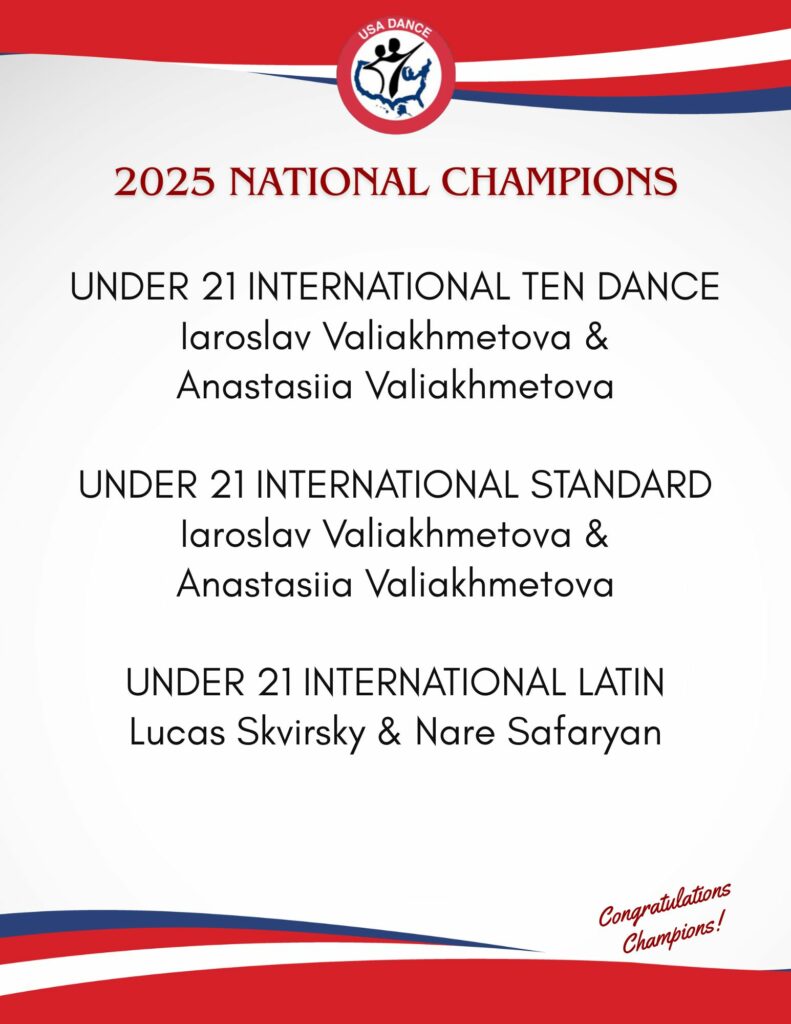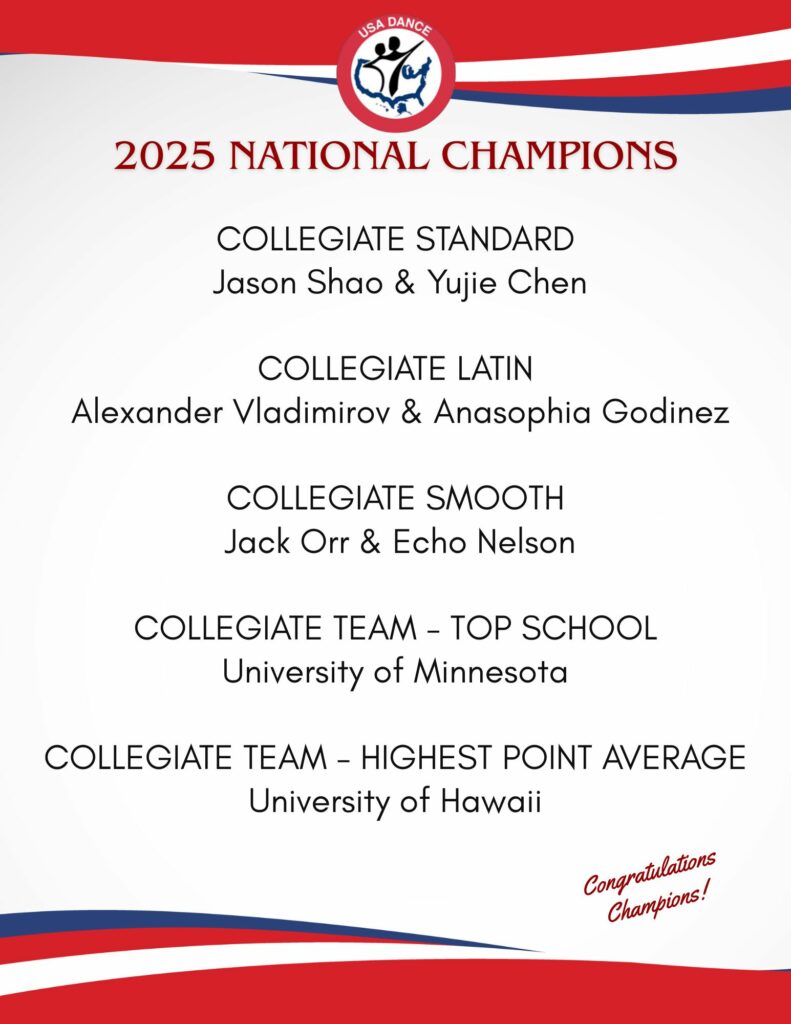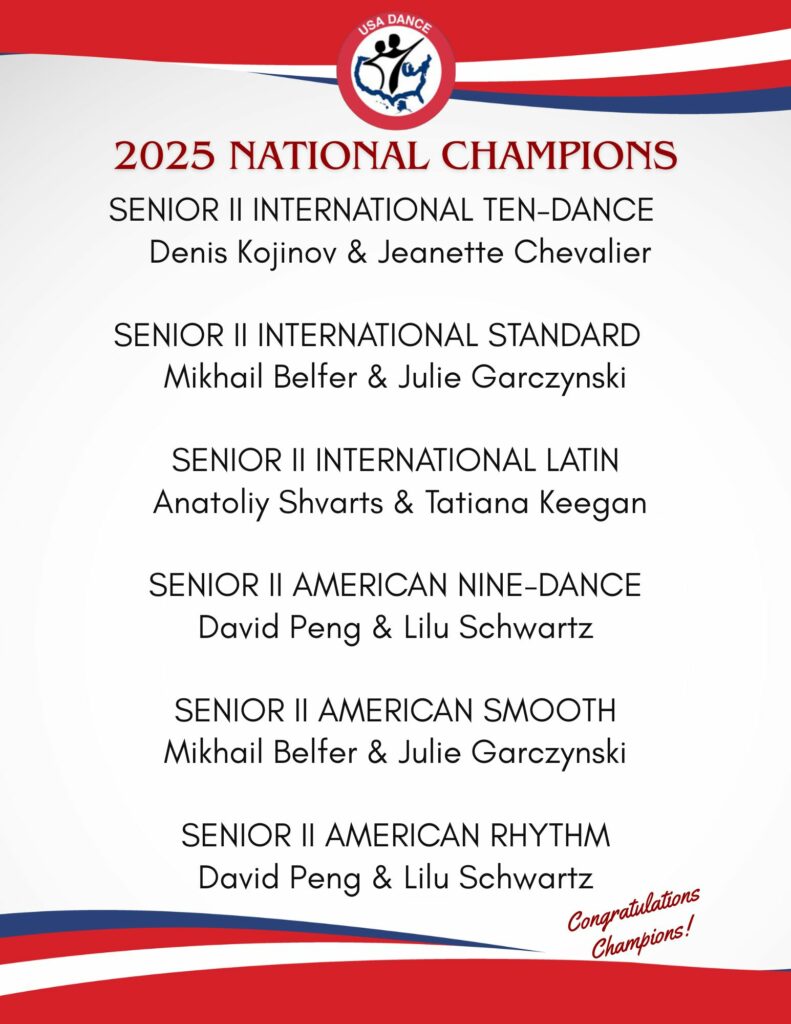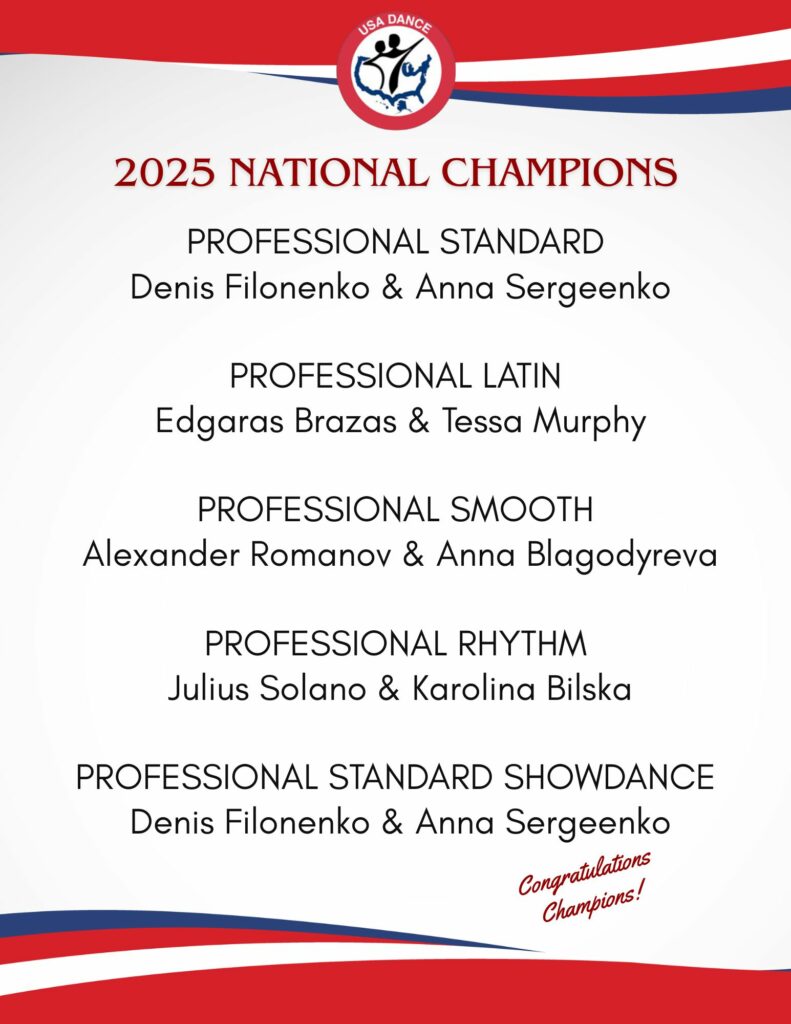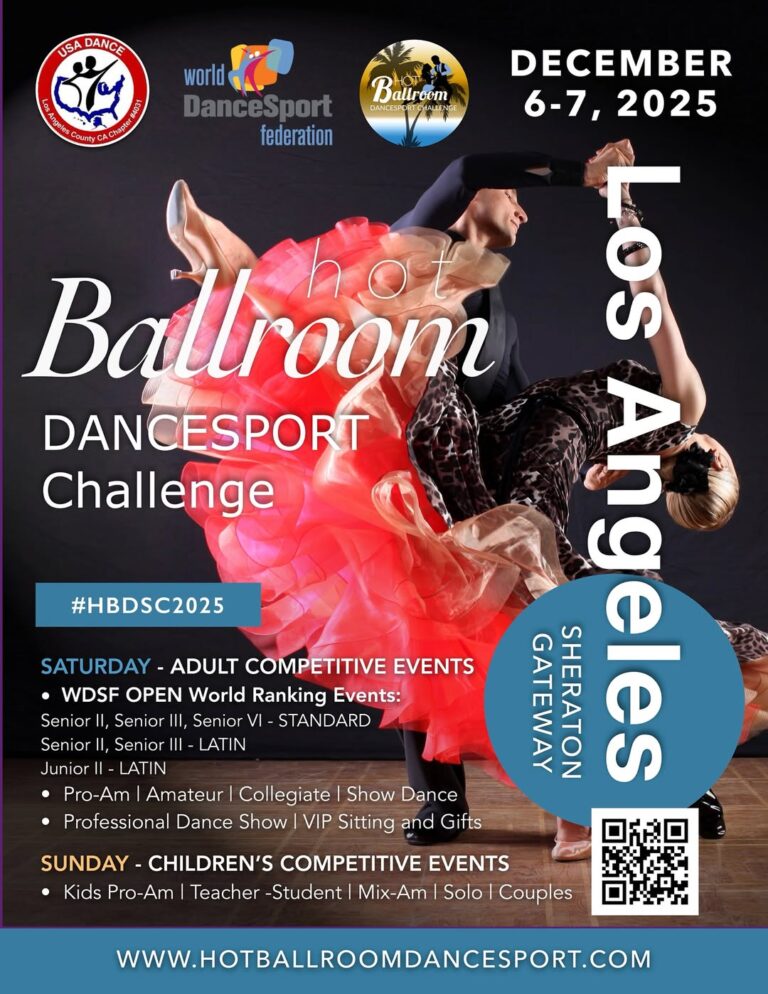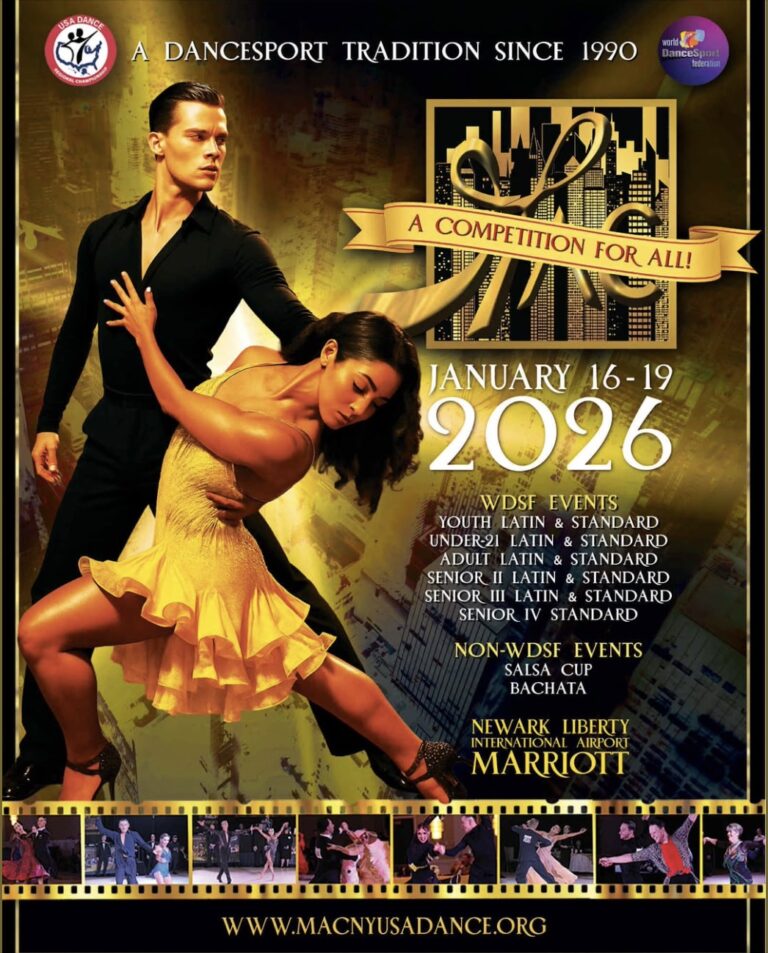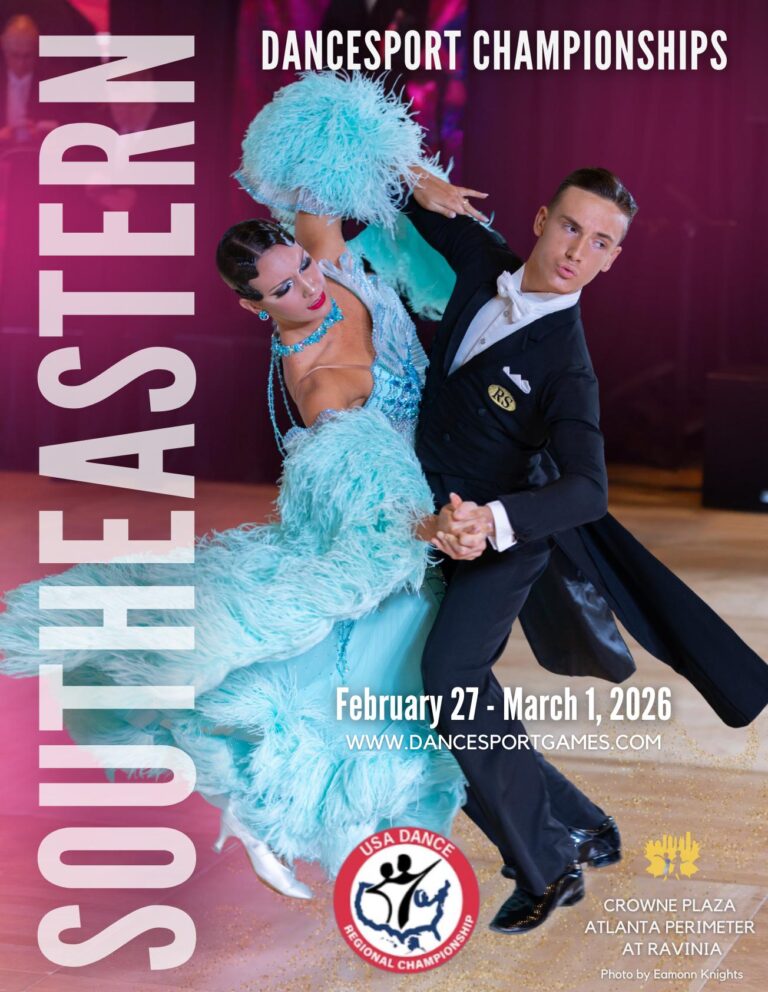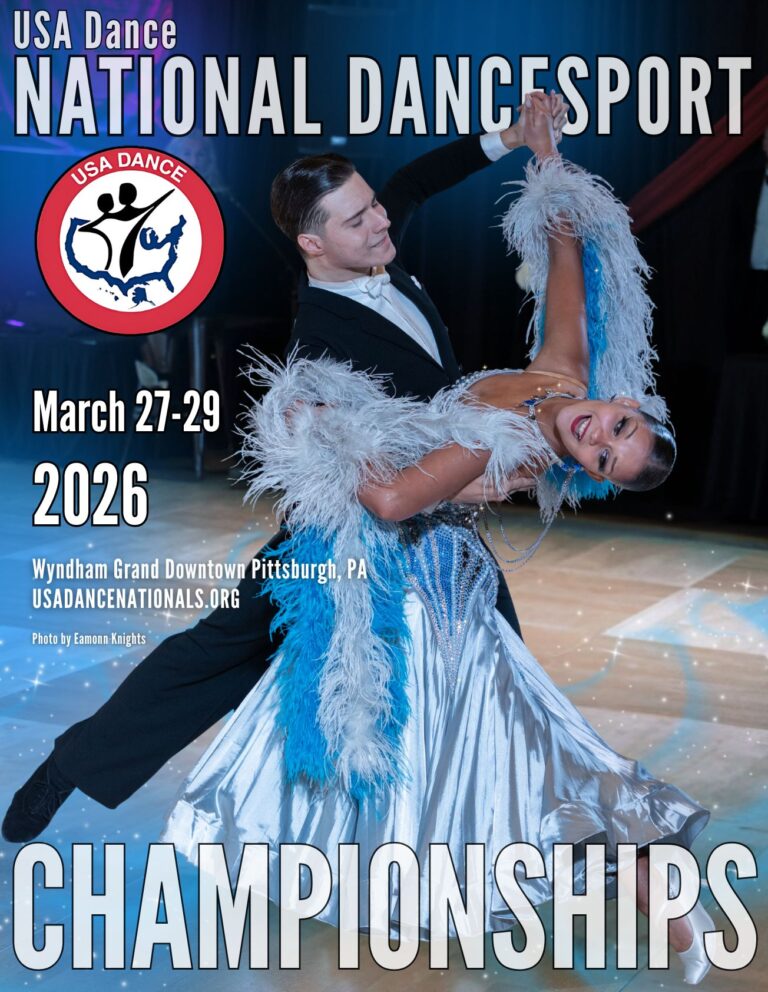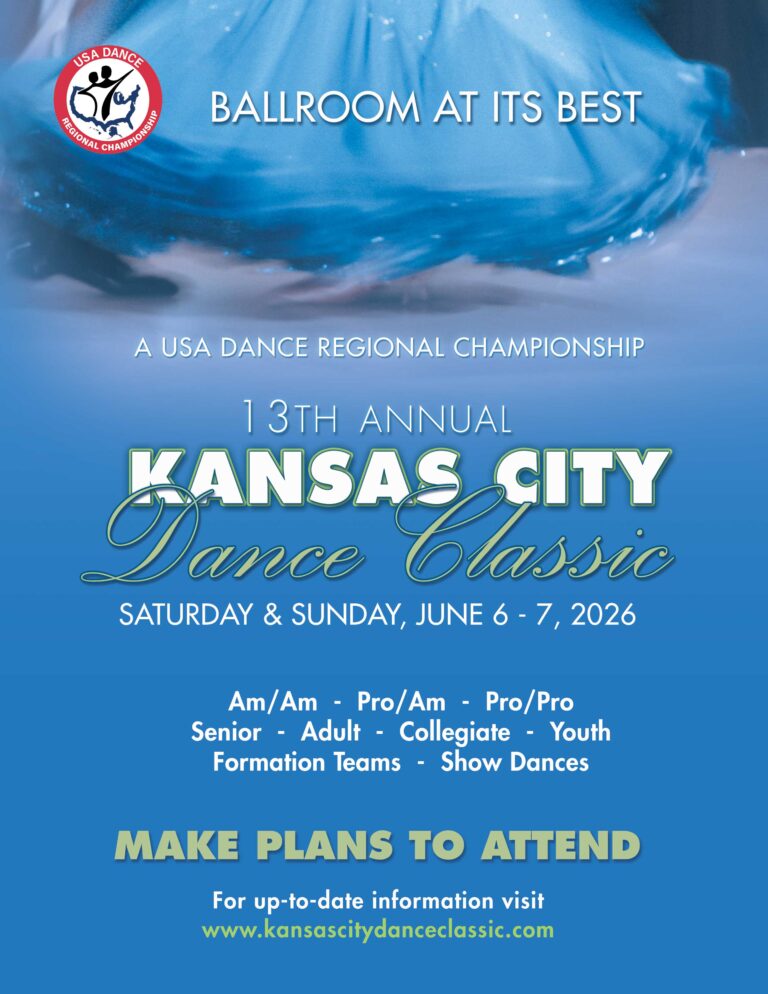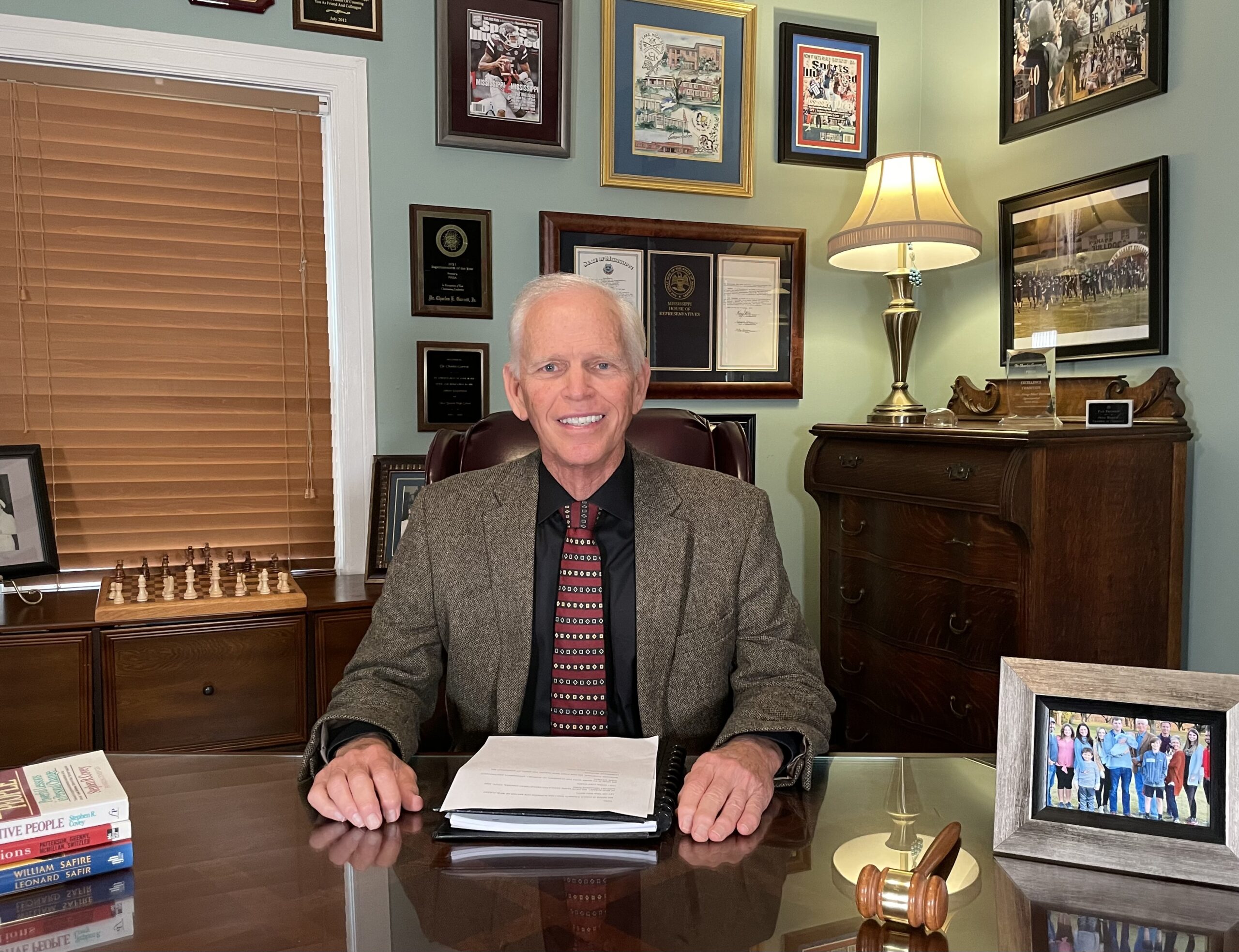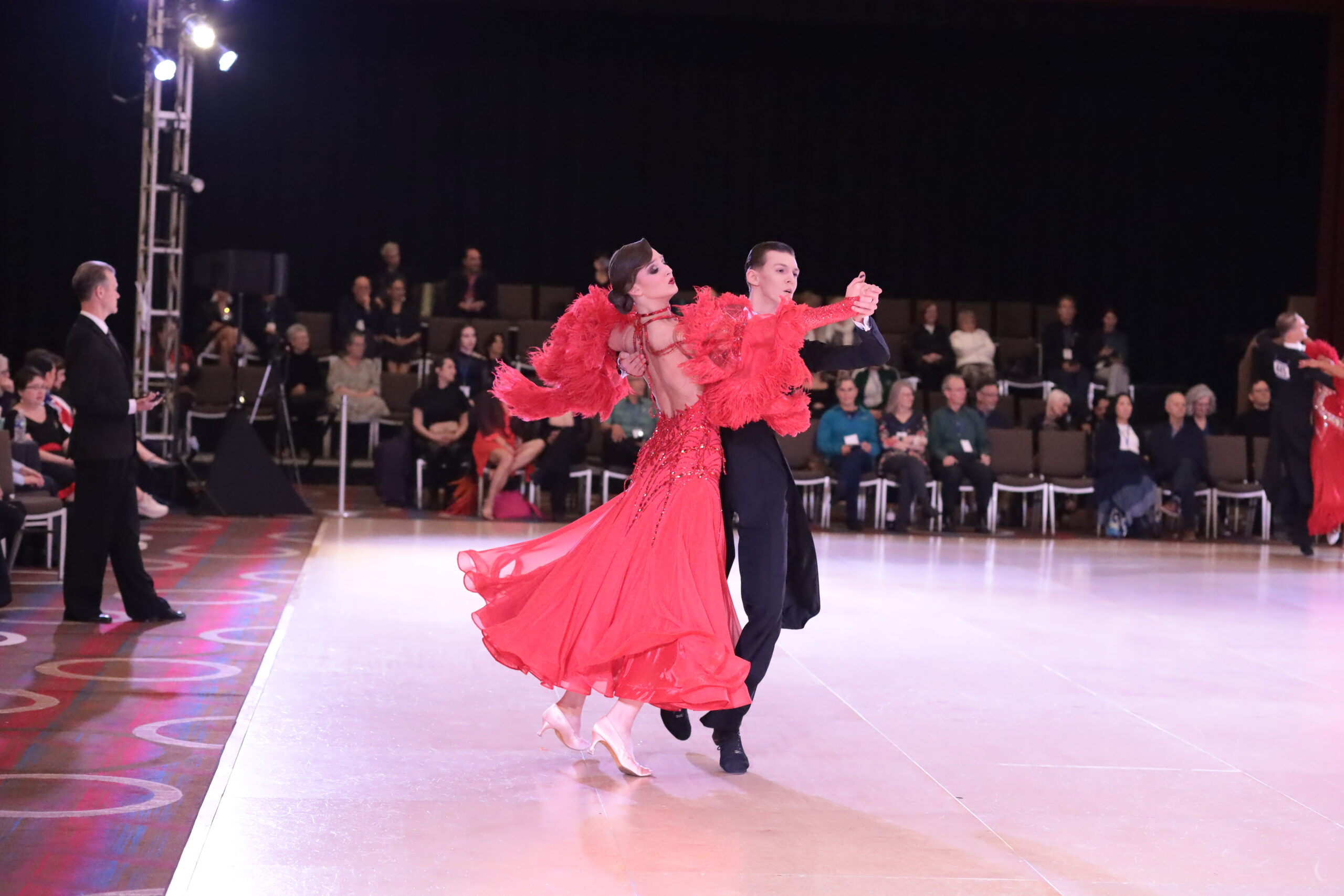The science surrounding the role of the meniscus cartilage in knee joint health evolves daily. Its key role in absorbing the forces of walking and running is now understood to be only a part of the meniscus story. Here is the current picture:

Pictured: Avid skier and meniscus transplant patient Mark M. prepping for another season of 100 days of downhill skiing.
The structure of the meniscus is an array of collagen fibers tied together with radial rods of stiffer collagen. Unique meniscus cells and stem cells are interspersed within the tissue. Small blood vessels and nerves provide nutrition and sensation. The meniscus attaches primarily to the tibia through ligaments in the center of its C-shaped tissue and into bone at the horns. With this complex structure, the meniscus absorbs forces and provides stability to the knee joint.

Children need this tissue while they are growing as, early on, the shape of the tissue and joints are interactively influenced. In normal development, two menisci form in the knee joint in the classic C-shape. Sometimes the tissue forms into a disc or discoid shape that covers the tibial surface. The collagen fibers in discoid menisci are abnormal in this orientation and sometimes fail later in life.
Athletes of all ages need their meniscus. People normally take 2-3 million steps per year, loading their knees with up to five times their body weight depending on the height of the step, the surface landed on, the shoe’s quality and condition, and the mechanics of walking or running. Optimized gaits, such as Chi running, produce fewer peak forces on the joint, but being over your optimal weight by as little as 10 pounds can produce up to 50 lbs. of excess force on the joint. If a small amount of the meniscus is missing in critical areas (such as the back 25% of the meniscus), the forces of weight bearing are not distributed normally and are concentrated in a smaller area on the tibial surface. Over millions of steps per year, these additional forces wear off the articular cartilage surface, leading to arthritis. Impact sports such as running, jumping, volleyball, basketball, and many others are fine for healthy knees—but if through injury, the meniscus is lost or torn, the knee joint degrades.
People who lose their meniscus during surgery, where a tear is resected, may benefit from an early meniscus replacement before they develop pain and arthritis. It is difficult to know how much of a meniscus resection should call for an “urgent” need for meniscus replacement, but since so many people go on to develop arthritis after partial meniscectomy, the need is vastly underestimated.
People with arthritis need their meniscus. Post-traumatic arthritis and osteoarthritis are characterized by loss of the bearing surface of the joints, the articular cartilage, and by bone and tissue changes. It was previously thought that once arthritis developed in a knee joint that had lost part or all of its meniscus, nothing other than an artificial joint could solve the problem. Yet for many people, replacing the meniscus and treating the arthritis with repair techniques can lead to pain relief and a renewed active lifestyle. Stone Research Foundation just published a peer-reviewed paper on people over 50 years of age who, referred for partial or total knee joint replacement due to arthritis, instead had a new meniscus implanted and their cartilage repaired with our paste graft technique. In a long-term studylasting up to 25 years, 42% of patients experienced an average of eight years of relief before needing a partial or total knee replacement, while 48% never needed a replacement at all1.
The surgery for meniscus replacement is difficult as the tissues are not widely available, the insurance is often confusing, and the number of surgeons experienced in the procedure is limited. However, the science and techniques are rapidly improving. My first presentation on this topic was in 1986, when my closing slide stated “Save the Meniscus.” This has never been more true.
Citation
- Stone, K. R., Walgenbach, A. W., Slatter, S., Turek, T. J., Ferguson-Dryden, C., Dicker, M., Miltenberger, E., Cowles, H., Liu, V., Wu, S., & Vessal, M. (2024). Meniscus allograft transplantation in conjunction with arthroscopic biologic knee restoration delays arthroplasty in patients older than 50 years. Arthroscopy. Advanced online publication. https://www.sciencedirect.com/science/article/pii/S0749806324004183?dgcid=author
 Kevin R. Stone, MD
Kevin R. Stone, MD
Dr. Kevin R. Stone is a pioneer of advanced orthopaedic surgical and rehabilitation techniques to repair, regenerate, and replace damaged cartilage and ligaments.
He is an orthopaedic surgeon at The Stone Clinic and also the chairman of the Stone Research Foundation. He lectures around the world as an expert in cartilage and meniscal growth, replacement, and repair and holds over 40 U.S. patents on novel inventions to improve healthcare.
Dr. Stone uses anabolic therapy and other biologic techniques to work to preserve the natural biology of a joint, helping people avoid or delay an artificial joint replacement.
At The Robotic Joint Center, Dr. Stone uses advanced robotic-assisted surgery techniques to ensure that partial and total knee replacements result in precise alignment and a more natural feeling knee
Dr. Stone was trained at Harvard University in internal medicine and orthopaedic surgery and at Stanford University in general surgery. His fellowship was in research at the Hospital for Special Surgery and in knee surgery in Lake Tahoe. Dr. Stone is consistently listed as one of the country’s top 25 Ambulatory Surgery Center (ASC) leaders and ranks amongst the country’s top 75 knee surgeons.
Editor’s Note: Read about one of our National Champions’ experiences with a knee replacement by Dr. Stone at the Stone Clinic. Senior III Smooth and Standard Dancer Mike Lynch talks about his injury, research, procedure, therapy, and progress. Mike also provides a checklist to help you if you travel for surgery.1
Dr. Stone is a physician for Smuin Ballet and has served as a physician for the U.S. Ski Team, the U.S. Pro Ski Tour, the Honda Ski Tour, the Jeep 48 Straight Tour, the Old Blues Rugby Club, Lawrence Pech Dance Company, Marin Ballet, the modern pentathlon at the U.S. Olympic Festival, the United States Olympic Training Center, and for the World Pro Ski Tour. He’s been featured on Good Morning America, the Ologies podcast, and Star Talk podcast hosted by Neal deGrasse Tyson. He is the best-selling author of the book Play Forever. He also served as a columnist for the San Francisco Examiner and writes a weekly blog at www.stoneclinic.com/blog.
Dr. Stone enjoys skiing, windsurfing, and biking.
This article was reprinted with the express permission of Dr. Kevin Stone, MD and The Stone Clinic. To see or sign up for The Stone Clinic’s Blog, Click Here!

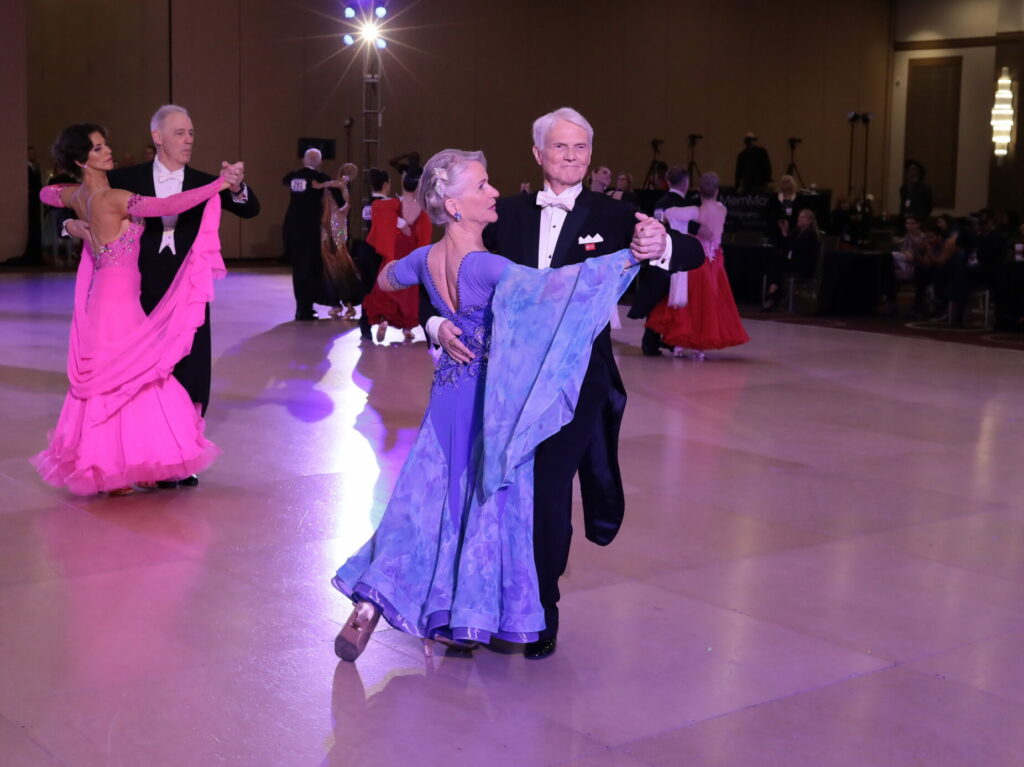
 Kevin R. Stone, MD
Kevin R. Stone, MD

